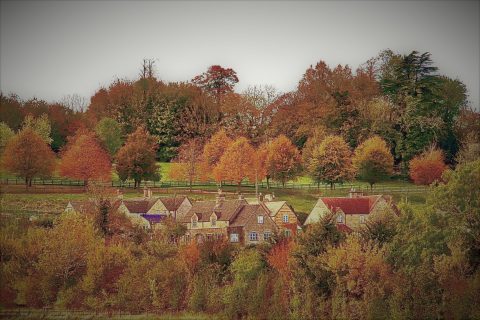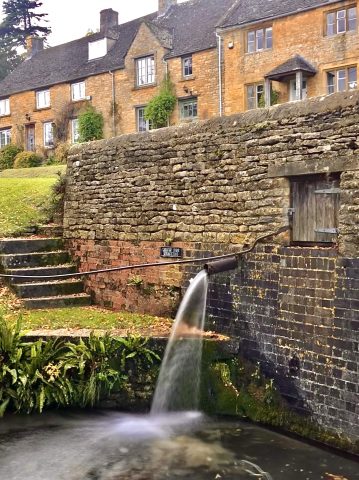Welcome to Longborough
Longborough is a delightful village set between 450 and 784 feet up in the Cotswold Hills adjacent to both Stow-
The last census in 2011 recorded a population of 471. The demographics of the village have been a balanced mix of residents, holiday cottages and second homers. These last holding on until they can find a way of being full-
Looking at the statistics as collated for the village it would seem that although the average age in the village is a little higher than the National Average its health rating is, surprisingly, better. Residents are better educated than the average English citizen and unemployment is lower than average.
One of the attractions of the village is that it is one of the few that has the Big Five. Thus a church, pub, school, village hall and community shop. In addition there is the wonderful seasonal Longborough Festival Opera. Longborough has its own Cricket Club and grounds, linked with Sezincote and has recently completed building a new pavilion. There are website links to all of these. After the Second World War it became known for high quality building work and still retains a small industrial estate on the Eastern edge of the village.
 It is an active village supporting regular events –
It is an active village supporting regular events –
Longborough lies under Ganborough Hill where the first settlers built their long barrow five thousand years ago. The nearby quarry has yielded human bones as well as those of a dinosaur. At the other end of the parish beyond the Fosse there was a Romano –
There a number of attractions for visitors to look out for: the church has several points of interest including a unique regency window and along the High Street is the Ashwell Spring by the green. Have a coffee in the shop (opening times on their website) and purchase the booklet ‘Linger Long in Longborough’ to extend the pleasures of your visit.

The Ashwell
Ashwell is an ancient name deriving from “Aesc’s Well”. Aesc was probably an Anglo-
The name survived over the centuries, eventually becoming “Ashwell” as we know it to-
When Longborough was connected to the Thames Water mains supply the old water works became redundant, but people still continued to drink the water up to the 1970’s when it was declared unfit for human consumption. It is one of the most picturesque corners of the village.

